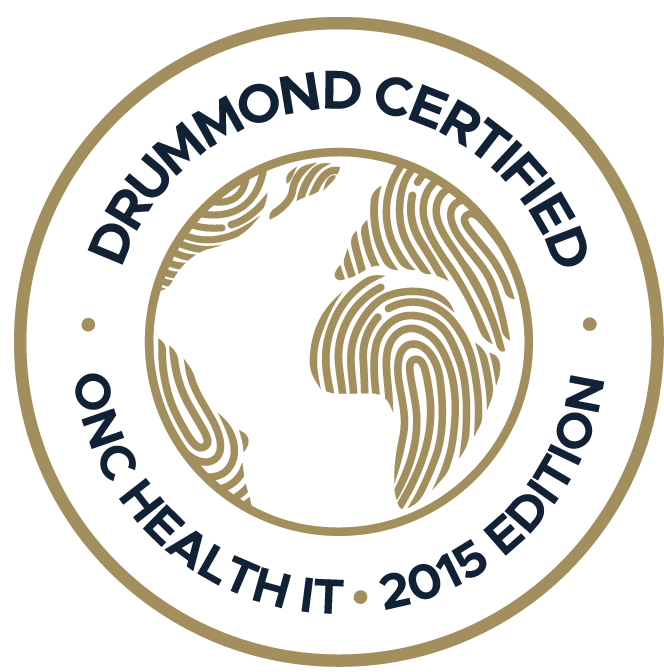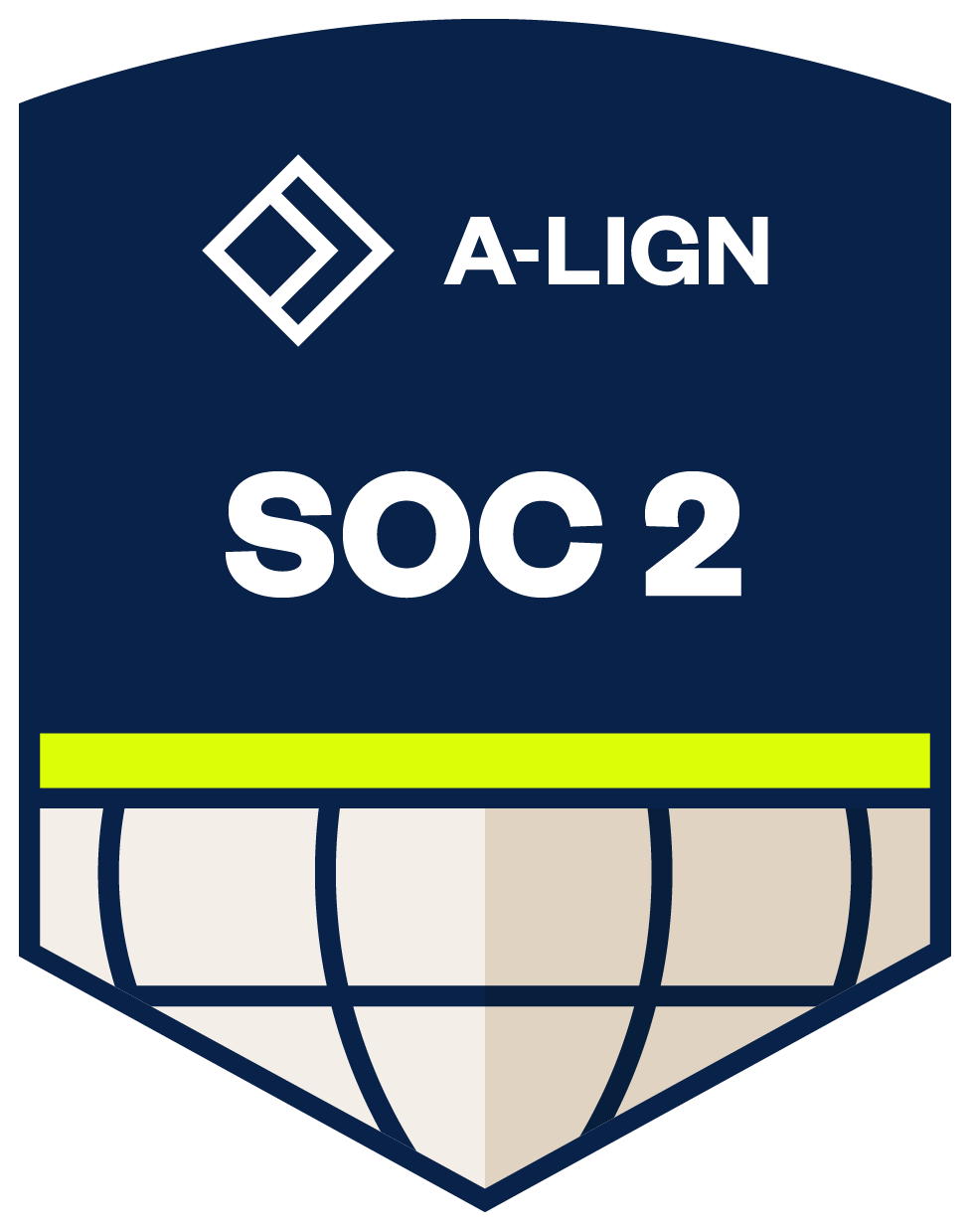Is your practice struggling to overcome operational bottlenecks despite trying everything from hiring extra staff to outsourcing certain tasks? A reliable healthcare practice management software might be the answer...
The AMA’s updated CPT codes are now effective for 2023. Encompassing 393 editorial changes, 225 new codes, 75 deleted codes, and 93 revised codes, the changes strive to reduce administrative tasks and subsequently enhance efficiency in healthcare practices across the US.
Likewise, new updates to the ICD10 codes include 1176 new billable diagnosis codes within social determinants of health (SDoH), dementia, head injuries, endometriosis, maternal care, and pregnancy. Another 251 codes have been deleted and 36 have been converted to parent codes, all adding to the reason to start the new year with a little “housekeeping” in your practice.
Housekeeping Best Practices
The specifics for any single practice may vary, but there are common tasks that should be reviewed at least once a year.
Updating Internal Paperwork
Monitor and update any paperwork that includes diagnosis or procedure codes. This includes communicating with your EHR to update any codes embedded within your templates or electronic copies of your superbills. The vendor will have updated their system to recognize the code changes; however, that doesn’t include updating client specific documents within the system. Think about any forms that are used for pre-authorization, orders for diagnostic imaging that require diagnosis codes to support the medical necessity. It is a tedious and time-consuming task, but updating internal paperwork is an important first step to ensuring you’re on the right track and fully compliant with the current rules and regulations.
Requesting Template Changes
In addition to updating any embedded codes, the new year is a great time to review the templates for all procedures performed. The goal of any template is to improve the efficiency of charting. This is only accomplished if the core phrases are consistent with the documentation requirements for the current coding system. Be sure that any changes to the code requirements are updated within macros, pre-populated text or other standard data fields within the clinical workflow.
Updating Service Fees
Reviewing the fee schedule is another one of the important housekeeping practices to complete on an annual basis. Remember that today’s reimbursement rates are based on the “customary” charge from three years ago. The insurance plans, including Medicare collect date, spend a year analysing the data, and then modify any reimbursement rates moving forward as budgets allow. Not updating fees on an annual basis sends the message that you’re happy with the reimbursement rates now. As the code descriptions change, the resources required to provide that service may have also changed.
Patient Management
Searching for a patient in any demographic system takes time, but none more so than the healthcare practices that have decades of patient files . Medical practices can reduce the search time within the EHR by annually updating the patient list. By deactivating patients that haven’t been seen in over 3 years the process of searching for active patients will be more efficient. When a former patient presents again, simply activate them. Practice EHR allows you to “deactivate” patients, simply by storing them in another folder. Instead of removing their data, Practice EHR adheres to HIPPA data laws by optimizing storage systems and simplifying search software.
Practice Housekeeping 101
Don’t wait until you’ve switched to a new software to make simple yet effective changes that will improve the efficiency of practice operations. Take the time to audit your current processes and outline all outstanding changes.
Remember to update your policies, procedures, patient forms, and priced in line with the new CPT and ICD code changes. This means updating forms, templates, and systems to eliminate errors and simplify the transition. It also includes updating your practice website, patient portals and Kiosk systems as necessary, making sure that providers are accurate, contact information and fax numbers are up-to-date and consistent across all modes of communication including forms, letters, and more.
Likewise, supporting your medical practice staff with the new change is key and can be achieved by offering guidance and support with informational tools to use when needed.
Simplify the Transition with Practice EHR
Electronic health records automate time-consuming processes to help optimize practice efficiency. Leveraging the benefits of an EHR with new code changes and reporting legislation can help you to save time, improve workflow and, cut costs.
Try The One solution for yourself by requesting a demo to experience the efficiency of handling all of the tasks in your healthcare practice.
Topics: Integrated EHR, Small Practice, EHR Solution, New Technology, Cloud-based EHR
RECENT POSTS



TOPICS
- EHR Solution (191)
- EHR (124)
- digital age (117)
- Patient Care (116)
- Medical Billing (110)
- Specialty-Specific EHR (110)
- Industry Update (97)
- Technology in Healthcare (84)
- EHR Features (79)
- Small Practice (77)
- Medical billing services (72)
- HIPAA Security (62)
- Integrated EHR (62)
- RCM (62)
- New Technology (44)
- Cloud-based EHR (43)
- Telemedicine (42)
- Healthcare Office Management (40)
- Practice EHR News (38)
- Kiosk (31)
- Revenue Cycle Management (28)
- AI Solutions (23)
- ePrescribing (21)
- AI Scribing (16)
- Best EHR Software (16)
- EMR (12)
- Practice Management Software (12)
- AI-powered Medical Billing (10)
- Client Favorites (10)
- Practice Automation (10)
- TeleVisit (10)
- The ONE (10)
- AI EHR (9)
- Switching to New EHR (9)
- MACRA/MIPS (8)
- Patient Portal (8)
- Urgent Care (8)
- AI Scribe (7)
- Best EHR Practice (7)
- EHR Integration (7)
- Psychiatry EHR (7)
- E-Prescribing (6)
- Product Updates (6)
- events (6)
- AI scanning (5)
- MIPS (5)
- Automated Health Tools (4)
- HIPAA (4)
- Insider (4)
- Internal Medicine EHR (4)
- MIPS Reporting (4)
- Mobile EHR (4)
- Orthopedics EHR (4)
- Podiatry (4)
- Podiatry EHR (4)
- Telehealth Platform (4)
- Chiropractic EHR (3)
- Digital Experiences (3)
- EHR Flaws (3)
- EHR Implementation (3)
- EHR for Chiropractors (3)
- EHR for Small Practices (3)
- Family Medicine EHR (3)
- Integrated Practice Management (3)
- Medical Practice Management Software (3)
- Patient Check-in Kiosk (3)
- PracticeEHR GO App (3)
- Regulatory Updates (3)
- Telehealth Platforms (3)
- Clearinghouse (2)
- Dermatology EHR (2)
- EHR Scheduling (2)
- Eligibility Verification in Medical Billing (2)
- Foot and Ankle Care (2)
- Foot and Ankle EHR (2)
- Health records 101 (2)
- Medical Coding Services (2)
- Medical Credentialing (2)
- Multilingual AI Scribe (2)
- Quality of Patient Care (2)
- Reporting Under MIPS (2)
- Risk and Liability in Medical Settings (2)
- What Works Clearinghouse (2)
- AI Scan (1)
- Bariatric EHR (1)
- Behavioral Health Practices (1)
- Billing Communication (1)
- Billing for Private Practices (1)
- Cardiology EHR (1)
- Cash Flow (1)
- Cashless Payments (1)
- Charting (1)
- Data Security (1)
- Dos and Don'ts (1)
- EHR Guides (1)
- EHR KPIs (1)
- EHR Questions to Ask (1)
- EHR Transition (1)
- EHR for Chronic Illness (1)
- EMR vs EHR Difference (1)
- ENT EHR (1)
- Endocrinology EHR (1)
- Family Medicine (1)
- Gastroenterology (1)
- Gastroenterology EHR (1)
- General Surgery EHR (1)
- Geriatric AI scribe (1)
- Geriatrics EHR (1)
- Guides (1)
- Healthcare Compliance Certification (1)
- Healthcare Practice Office Management (1)
- Help Center Videos (1)
- Insurance Reimbursement (1)
- KPI (1)
- Key Performance Indicators (1)
- Lab Processing (1)
- MACRA (1)
- Medical Billing Partner (1)
- Nephrology EHR (1)
- Neurology EHR (1)
- Pain Management EHR (1)
- Pediatrics EHR (1)
- Physical Therapy EHR (1)
- Practice Cash Flow (1)
- Practice Efficiency (1)
- Pulmonology EHR (1)
- Reconsider Your EHR (1)
- Simplify Practice Management (1)
- Staffing in Healthcare (1)
- Switch Medical Billing Providers (1)
- Urgent Care Medical Billing (1)
- Urology EHR (1)
- Voice-Activated AI Scribe (1)
- insurance claim denials (1)








